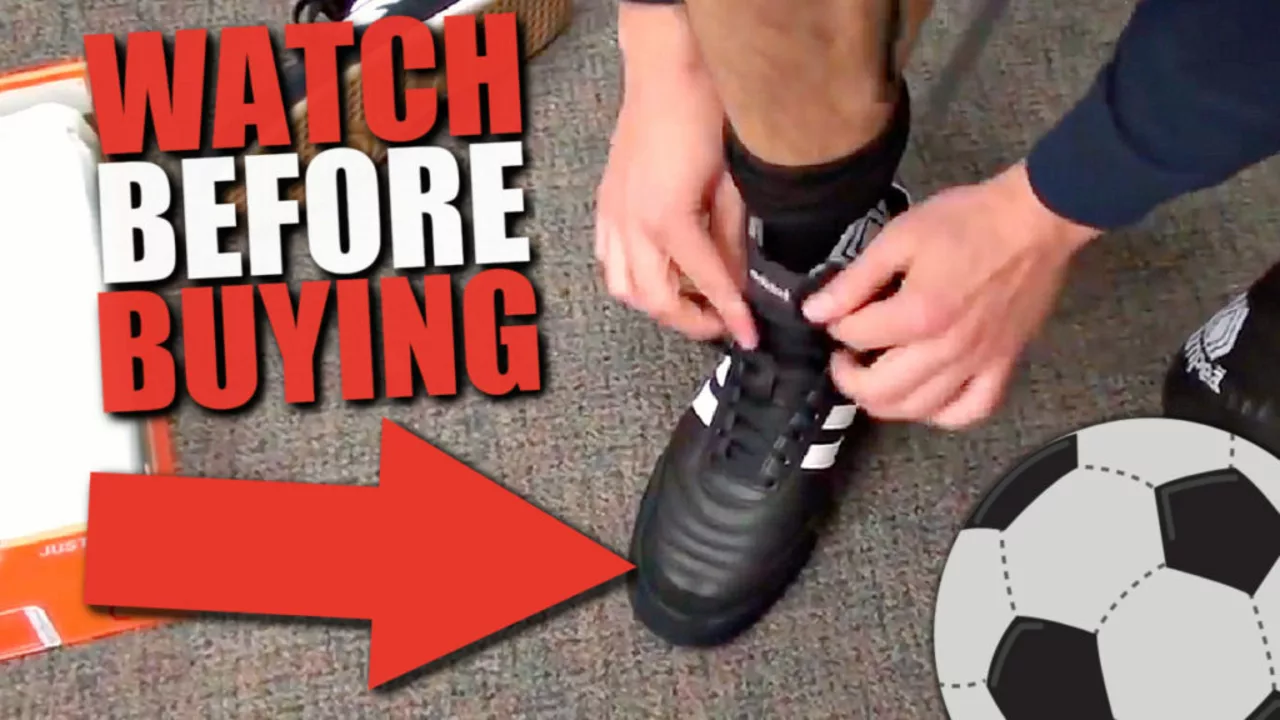Comfort
When we talk about Comfort, a feeling of physical ease and mental ease. Also called ease, it plays a key role in daily life and in sport. It connects directly to Well‑being, overall health and happiness, to your personal Comfort zone, the set of situations where you feel safe and confident, and to Psychological comfort, the mental state of feeling secure and relaxed. In the world of soccer, Sports comfort, the sense of ease players feel on the field can boost performance and enjoyment.
Comfort in everyday stories
Think about the Bangkok sinkhole that ripped open near a hospital. The incident forced officials to shut down admissions and cut power, creating a stark loss of physical safety. Restoring that sense of security was all about bringing back comfort for patients, staff, and nearby residents. On the other side of the globe, a high‑profile defamation lawsuit involving public figures sparked intense media pressure. The legal battle highlighted how mental comfort can crumble under relentless scrutiny, and why protecting psychological ease matters. Even something as fun as the fantasy soccer platform Sorare offers a digital refuge – a space where fans can collect player cards and build dream teams, finding quick bursts of mental relief after a stressful day. Our guide on “What is soccer, and how is it played?” breaks down the rules in plain language, making the sport more approachable and turning the learning curve into a comfortable experience for newcomers.
Recording a match with the right camera setup, positioning the lens, and using a tripod can feel daunting at first, but mastering those tools brings technical comfort that lets you capture every exciting moment without wobble. Players in specific roles, like a left winger, rely on positional comfort to sprint down the flank, deliver precise crosses, and still track back on defense. A fast‑paced 3‑player game such as “3v3 Rush” offers a low‑pressure environment where everyone gets the ball, building confidence and keeping the fun factor high. Meanwhile, discussions about mental challenges in soccer – from goalkeepers staying alert to midfielders thinking ahead – underline how psychological comfort fuels better decision‑making on the pitch. Looking at the growth of soccer teams in Los Angeles or the push for stronger youth development in the U.S., you see how creating comfortable pathways for players can shape the future of the sport. Even debates about why certain countries struggle to produce top talent often circle back to the comfort level of training infrastructures and support systems. All these angles show that comfort isn’t just a feeling; it’s a practical foundation that influences safety, performance, and enjoyment across life and sport.
- By Colton Westwood
- /
- 31 Mar 2023
How should soccer cleats fit?
Soccer cleats should fit snugly, not too tight and not too loose. The cleats should fit like a glove and wrap around the entire foot, supporting the arch, heel and toes. The heel should fit snugly and not slide up and down, while the toe area should be slightly roomy to allow for natural toe splay. The lacing should be tightened to the point of snugness without restricting circulation or movement. Finally, the cleats should be comfortable to wear for long periods of time, as soccer games can last for up to 90 minutes.

